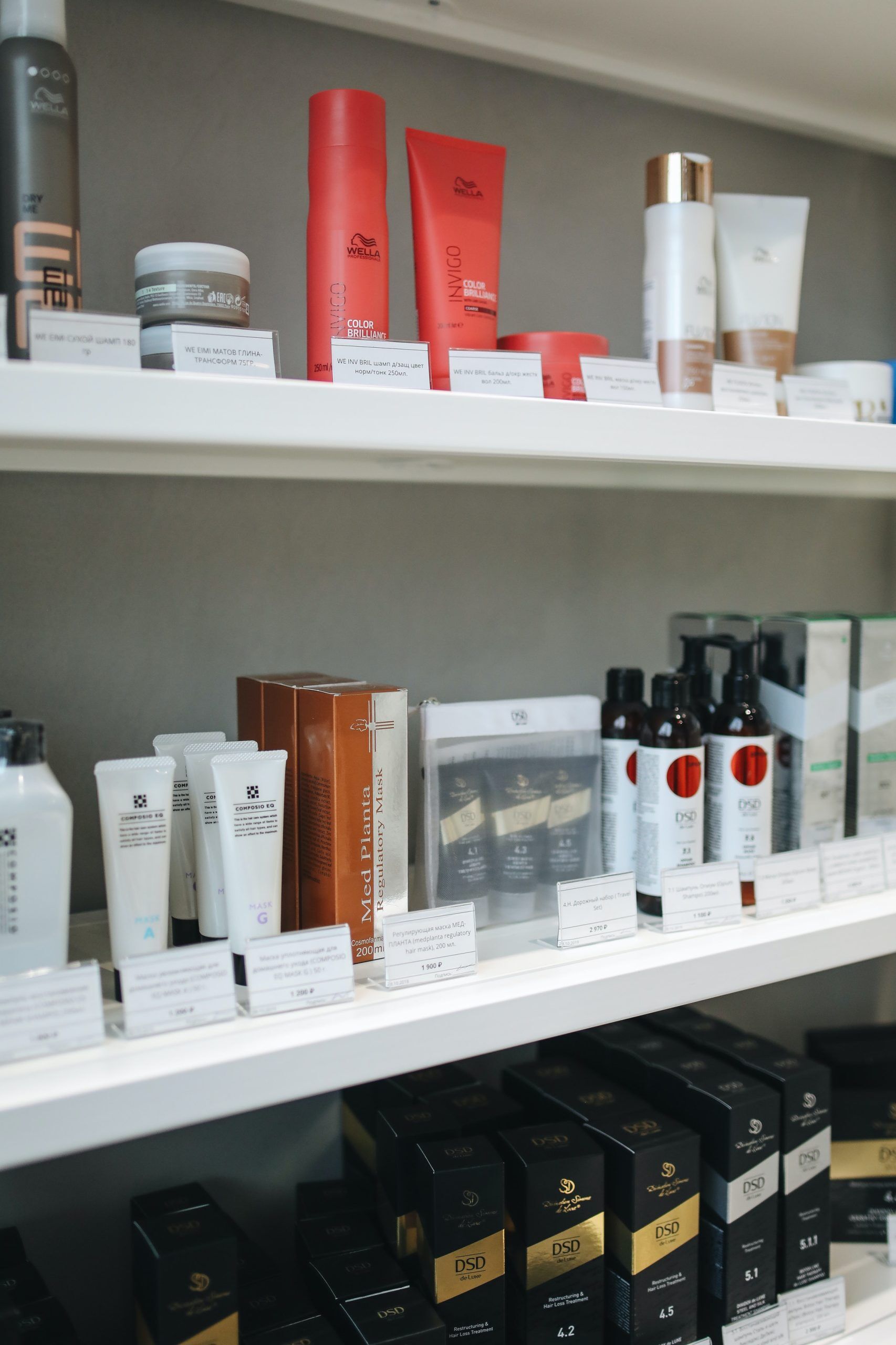
A product or material, in order to be put on the market, must be properly designed and then tested.
Testing an object before selling it is of vital importance, since tests provide indications - during all steps that go from the initial idea to the finished product - to each department involved in its development.
For example, the R&D team needs to understand which materials to use and which to avoid.
The quality control team, on the other hand, assesses the aging process, external exposure, exposure to weathering, exposure to a certain temperature, and so on.
What is the accelerated aging test
The period between the planning and the marketing must respect a fixed period; this means that this time span have to be artificially reproduced. Of course you cannot wait for the reaction of an object exposed in the sun for months.
We are talking about accelerated aging test methods, which means reproducing, artificially and in a limited time, what would happen in months or even years.
Accelerated aging test standards
The regulations governing the different types of tests are numerous, each specific to the type of product to be tested. Let us mention some of the most important ones (e.g accelerated aging tests for electronics) with the related products/areas of application:
- Textile materials - AATCC TM186, ISO 105-B02, ISO 105 B-04
- Bituminous materials - ASTM D1670 & ASTM D4799
- Plastic materials - ASTM D4329, ASTM D4674, ASTM D208 & ASTMF1164, ISO 4892-2, ISO 7326-2016, BS-2782-5
- Automotive - GM 9125P, SAE J2020, JIS-D 0205
- Military - MIL STD-810F
- Electronic components - IEC 60068-2-60 e DIN 40046-37
- Cosmetics ISO 22716
The limits of the standards
Standards lead the way for how to carry out the specific type of test, though they do not always make sure that the product in question actually passes all real tests. It is practically not possible to replicate exactly all the real conditions to which the product will be subjected during its life cycle.
It is therefore extremely important to well know the material and its properties, so to be able to foresee all the variables that could affect its changes as much as possible; for example, all other materials with which it will come into contact and how often this will happen.
Accelerated aging: different types of tests
There are different types of accelerated aging tests that can be performed: for example, the effects of sun, rain and dew. We are talking about UV and Xenon radiations, through specific lamps for the first ones, through tests with controlled temperature and humidity, through particular sprays for simulating rain and dew.
But what can external agents cause in products?
- Color loss
- Solidity loss
- Cracks and splits
- Malfunctioning
However, the most risky cases concern products that come into contact with the human body more than others. after being put on the market
Foods and cosmetics deserve a deepened discussion.
Accelerated aging test for cosmetics and food
Both cosmetics and food must preserve odor, color and organoleptic and chemical properties.
The accelerated aging test on cosmetics, first tests their sealing inside the packaging, with specific temperature and humidity conditions, and the possible contamination by microbes, which can occur both during production and use by the final consumer.
As for aging test on foods (or drinks), reference standards are very strict, especially in Europe. Tests in this case are performed to determine conditions firstly for the marketing, and then for shelf life, the time in which food maintains its quality and safety. The latter is essential to determine the expiration date.
FDM climatic chambers for aging tests
FDM è nel settore delle apparecchiature climatiche di prova dal 1949. Grazie alla sua expertise e alle infinite possibilità di personalizzazione, oggi può offrire soluzioni per tutti i campi di applicazione sopra citati, per qualsiasi test di invecchiamento accelerato di materiali.
FDM well knows the materials to be tested and the reference standards, to provide a complete, efficient and reliable test.
Performing the test is quite easy: homogeneously place the samples in the chamber, set the required parameters and, with some little precautions, the test is ready to be started.
Would you like to receive a quote or do you have questions about the product?
Contact us to receive more information about this Product.

